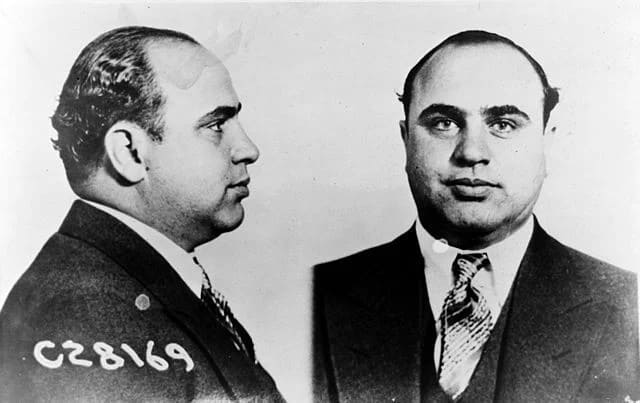From Prison Luxury to ‘Public Enemy Number One’ and a Deadly Rivalry
In a surprising turn of events, Al Capone, notorious for his involvement in bootlegging, murders, and corruption over a decade, found himself behind bars for the first time in his career. Capone’s arrest was on the charge of carrying a concealed weapon outside Philadelphia, a seemingly minor offense considering his extensive criminal history. However, the slap on the wrist for contempt of court before his imprisonment made the punishment appear laughable when viewed in the broader context of his criminal activities. Capone’s incarceration at Philadelphia’s Eastern State Penitentiary raised eyebrows as he continued to enjoy a certain level of luxury, including access to a radio playing waltzes. This unusual episode left many speculating about Capone’s motives, with some suggesting that he willingly went to jail to hide from rival gangs. The FBI eventually labeled him “Public Enemy Number One.”

As tensions among rival gangs escalated, rumors swirled regarding the authenticity of Capone’s jail stint, with some suspecting it may have been staged for public relations purposes. Capone’s release in March 1930 marked the end of his “Robin Hood” reputation, leaving him with a tarnished image. However, his efforts to reconcile with Aiello, whom he had previously set free, backfired. Aiello, feeling threatened and paranoid, hired men to eliminate Capone. In a decisive turn of events on October 23, 1930, Capone decided to take matters into his own hands, demonstrating that Aiello’s skills were no match for his own, solidifying his reputation as a formidable force in the criminal underworld.
